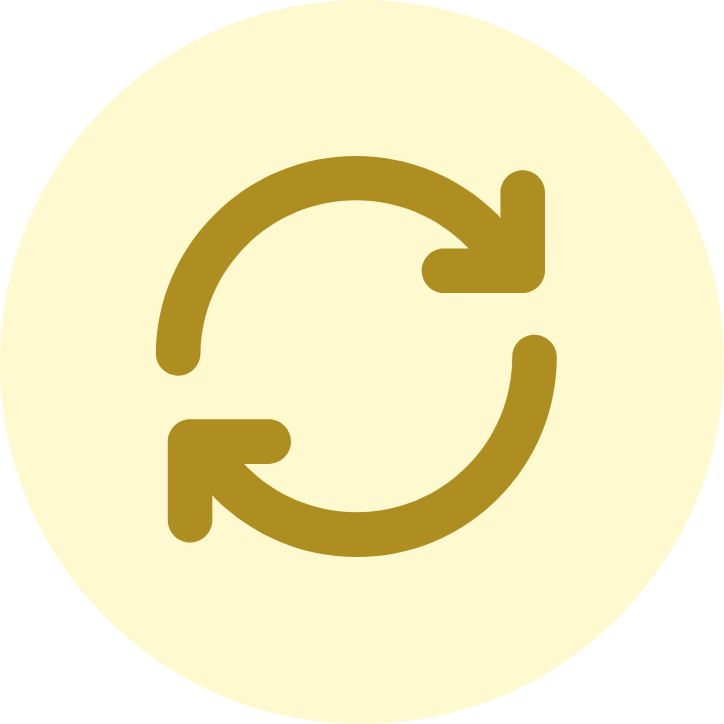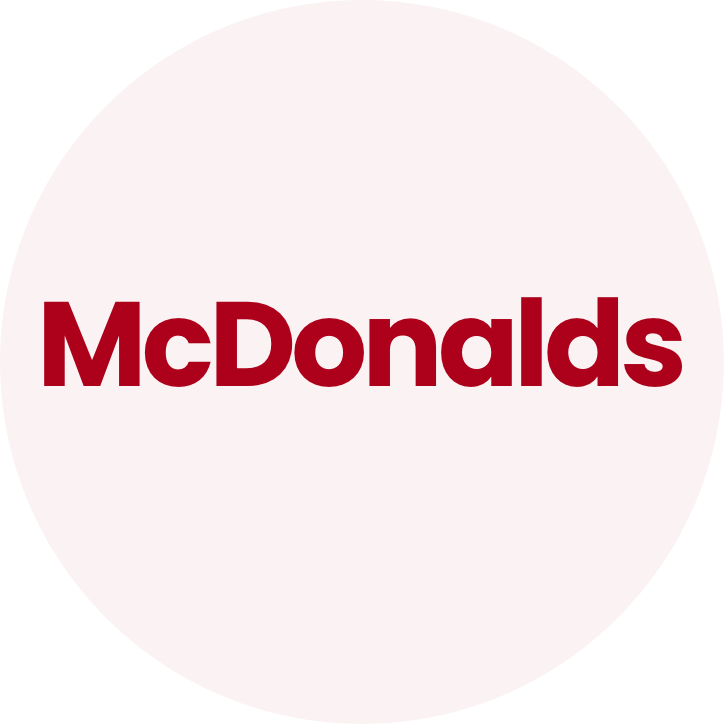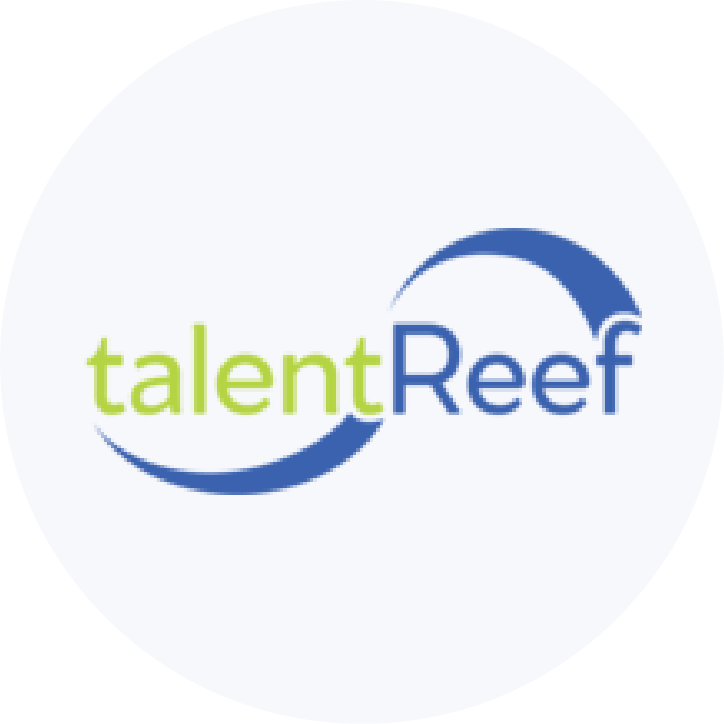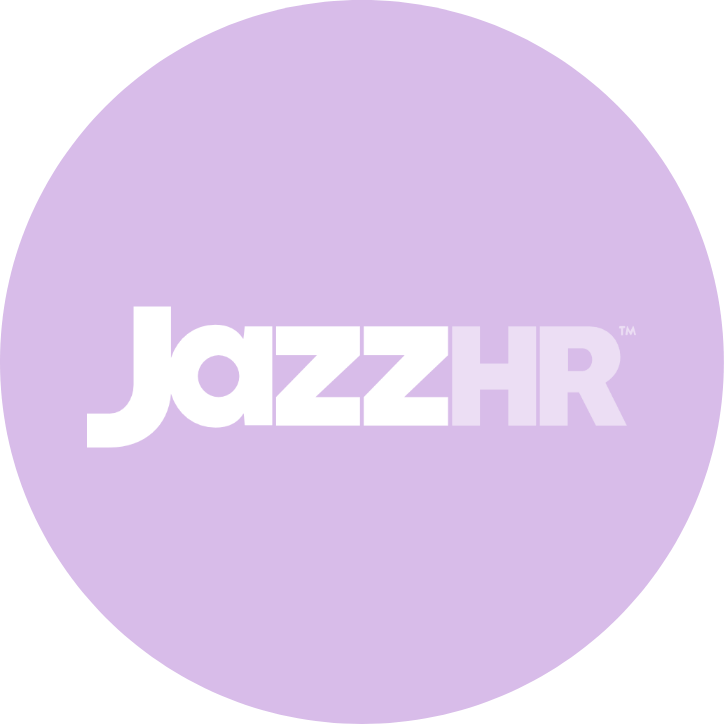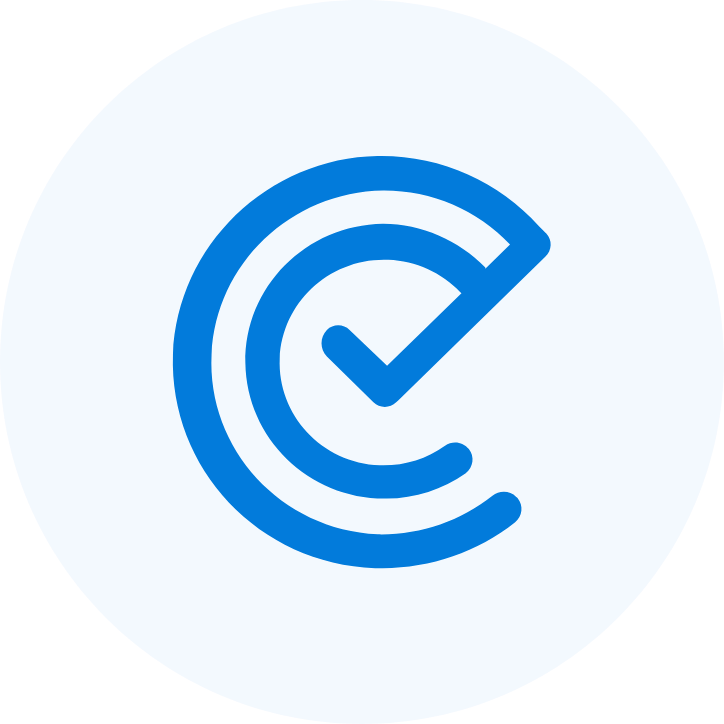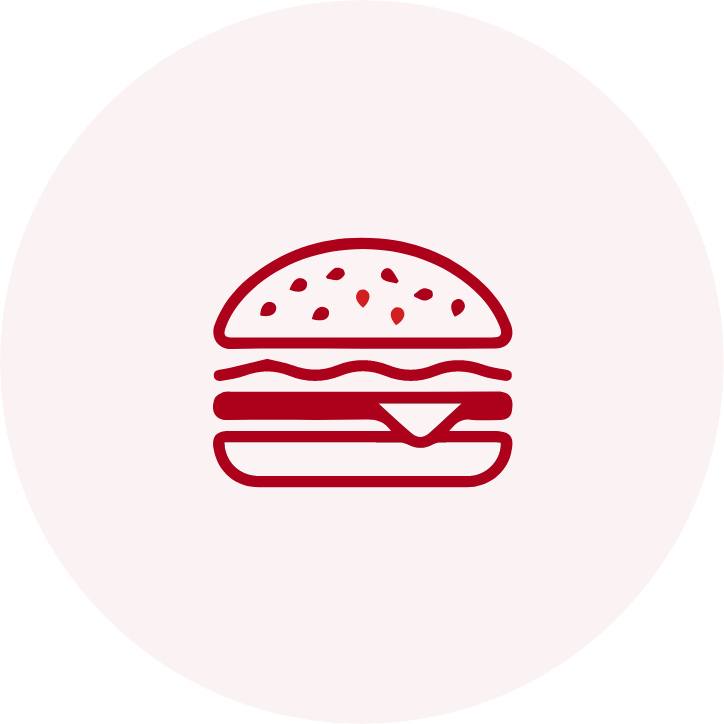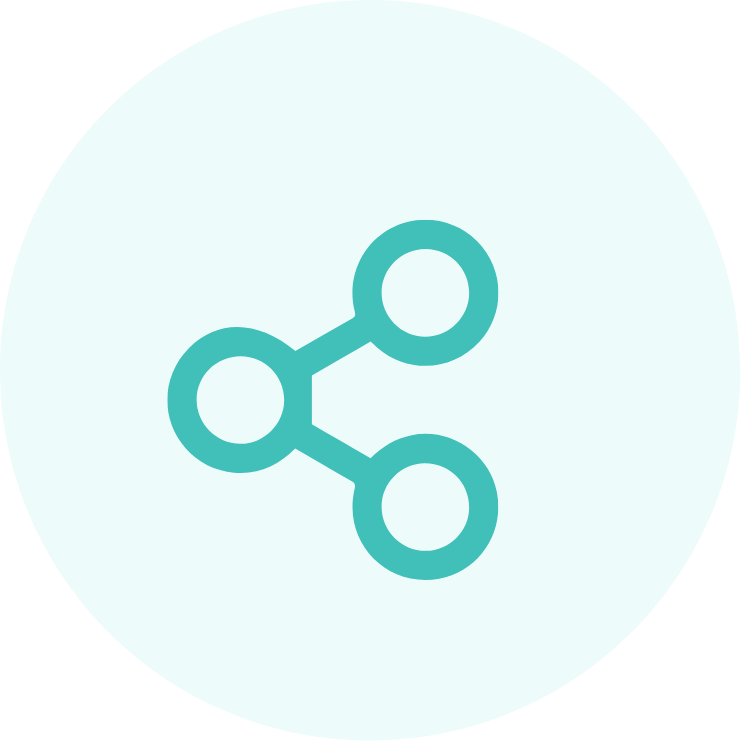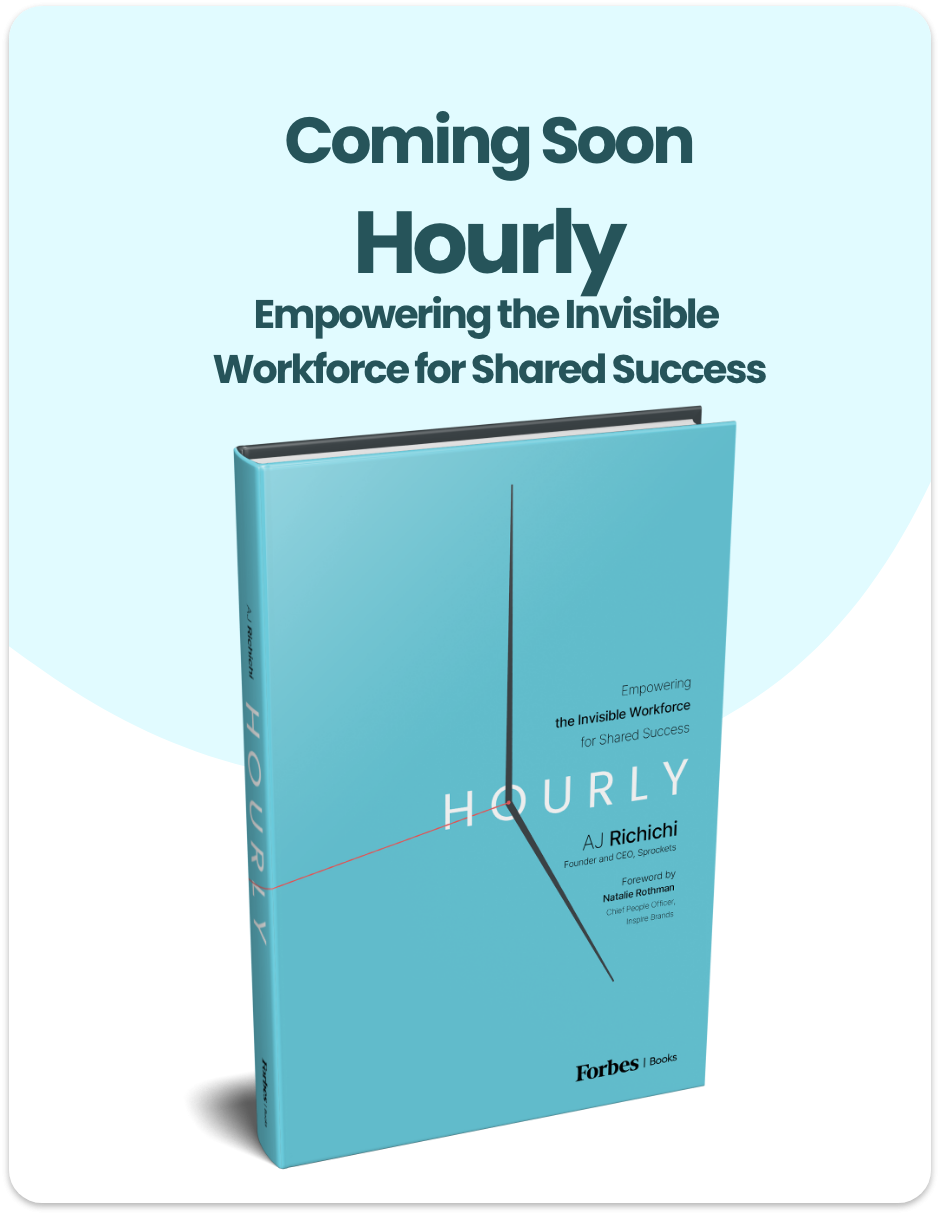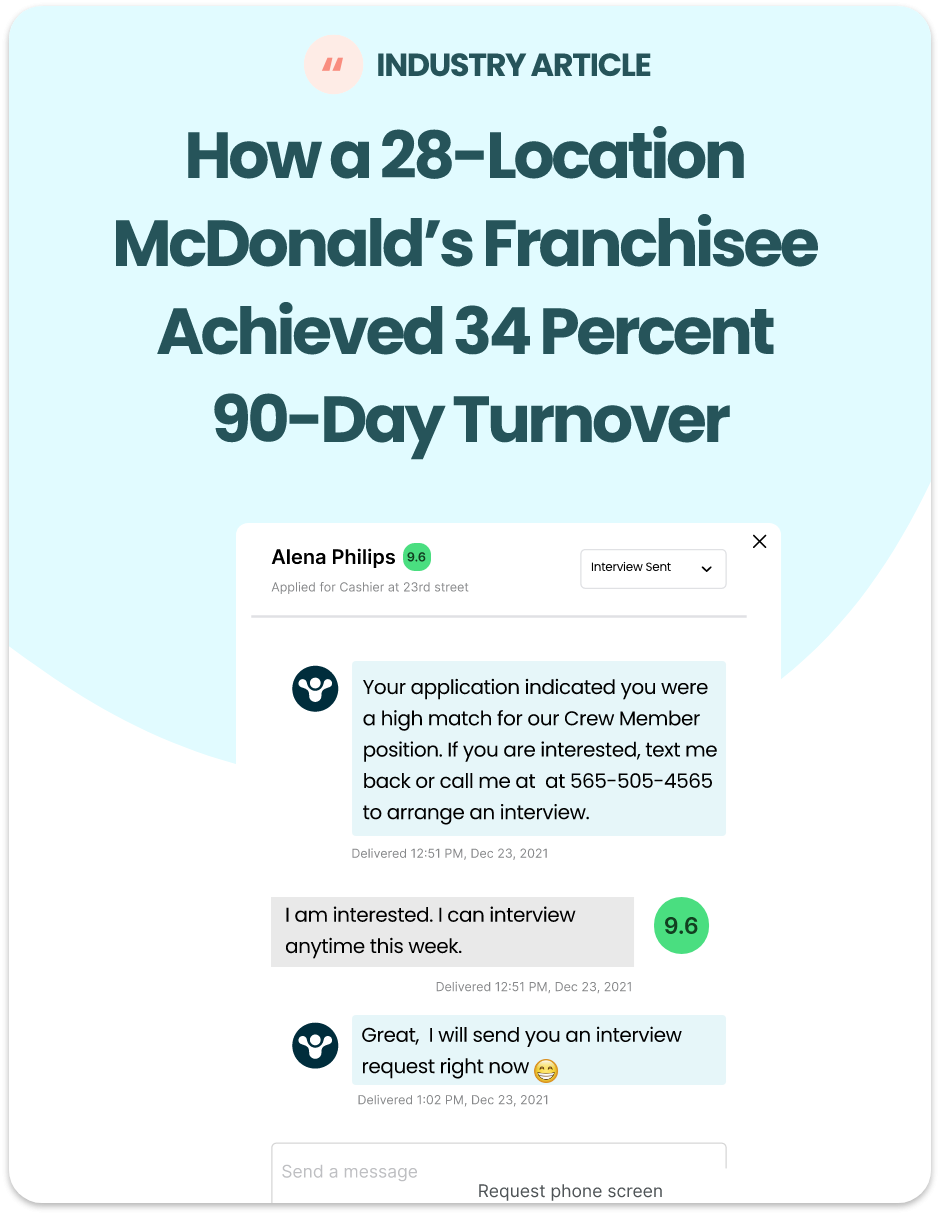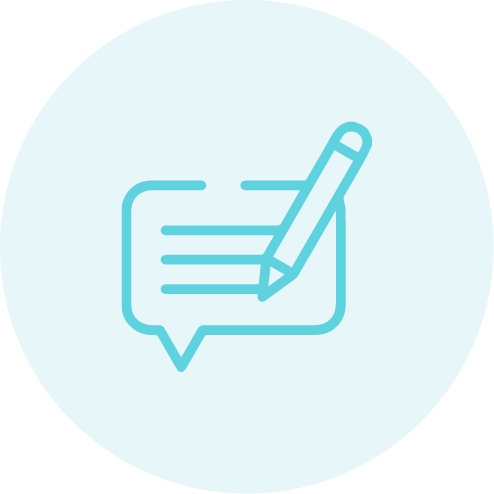Are you failing to meet your business goals and can’t seem to figure out why? You’ve likely looked into supply chain issues, accounted for rising food costs, and considered the possibility that people might not be dining out as much due to inflation and a possible recession. However, the root of the problem may lie within your hiring process.
Bias, whether explicit or implicit, could likely be the roadblock preventing your business from selecting the best candidates and being successful. Let’s discuss the types of biases that might’ve crept into your hiring process and explore ways to eliminate them so you can build a more equitable, efficient workforce.
What Are the Different Kinds of Hiring Biases?
There are several different types of hiring biases, and people often don’t even realize they’re influencing their decisions. Here are the four most common hiring biases, according to LinkedIn:
- Affinity Bias: People choose candidates with whom they share interests and experiences.
- Attribution Bias: This causes people to make unfair assumptions about someone’s successes or shortcomings.
- Confirmation Bias: People look for information to support an unfair first impression.
- Name Bias: Names that are not “white-sounding” cause someone to reject them immediately.
It’s common for some people to be influenced by name bias — even unintentionally — when reviewing resumes. A study actually found that people with “white-sounding” names get 50% more callbacks for interviews. Sadly, it’s even causing people of color to “whiten” their resumes so that they get a fair chance at job opportunities. That’s why you should rethink the relevance of this outdated hiring practice and look into solutions that reveal the ideal applicants without the need for resumes or interviews, like the Sprockets platform.
The list of potential hiring biases doesn’t end there, though. It’s also important to look out for halo bias (assuming someone is an excellent candidate based on one small detail), overconfidence bias (believing you simply have strong instincts about candidates), and beauty bias (those who are perceived as attractive are given certain advantages). Of course, also always make sure you don’t mistreat any applicants due to racism, ageism, or sexism. It could easily go from unconscious bias to direct discrimination.
Why You Should Avoid Hiring Biases
Aside from the obvious ethical and legal implications of discrimination in the workplace, there are several other reasons to eliminate bias from your hiring process. For instance, did you know that diversity, especially in leadership teams, correlates with the performance and profitability of businesses?
A study conducted by McKinsey & Company found that companies with more gender-diverse leadership teams are 21% more profitable, and that number goes up to 33% when it’s also culturally diverse. (In other words, both are important!) Additionally, there is expected to be a record high of 16.1 million adults who are 65 years old and above in the workforce by 2028, compared to just 5.1 million teenagers. That’s one more reason to ensure there are no elements of ageism in your hiring process.
How to Avoid Hiring Biases
The first step toward eliminating hiring bias is to rethink the words you use to attract applicants. Make sure you don’t use any gendered wording (i.e., words that are typically associated with gender stereotypes) in your job descriptions. It’s more than simply avoiding words like “he” or “him” in advertisements. A study published in the Journal of Personality and Social Psychology found that roles often occupied by men tended to use job postings with words commonly associated with masculine stereotypes, like “competitive” and “dominant.” Additionally, the researchers discovered that women found these types of job descriptions less appealing due to perceptions of belongingness and were less likely to apply. So, consider even subtle word choices in advertisements to avoid gender bias in your applicant pool.
Another way to avoid bias is to use a “blind” screening process. There are job boards and software solutions that can essentially remove any details from resumes that might interfere with your ability to judge applicants objectively, like names and ages. Or, as we mentioned earlier, the easiest and most effective way to avoid these types of biases is with Sprockets’ automated candidate screening software. There’s no need for you to look at resumes or even conduct an interview to know who the ideal applicant is.
You can also implement DEI initiatives in your organization to help curb bias and create a more welcoming environment. Consider enrolling employees in DEI training programs, holding open discussions, and ensuring that equality is a part of your company’s core values.
Simple Steps to Fix Your Broken Hiring Process
There could be many more mistakes you’re making in the hiring process, and we can help you resolve them all. View our free guide to see what you could be doing better right now to build the best teams and boost productivity for your business.


